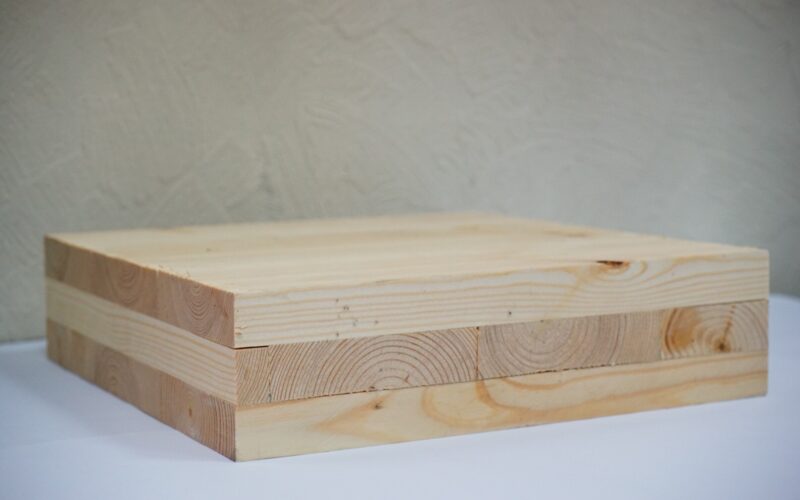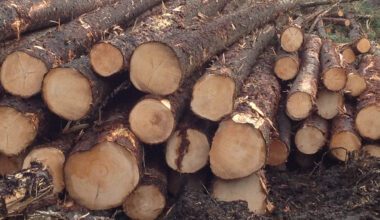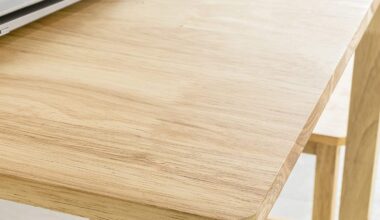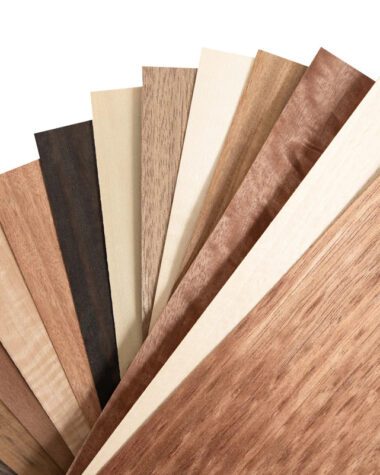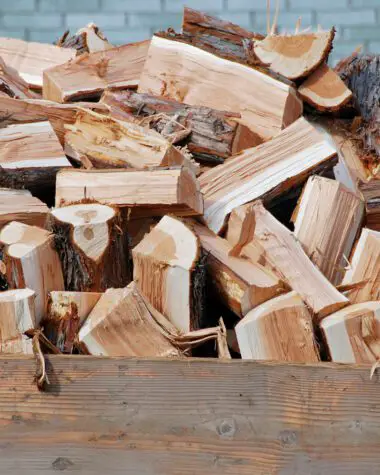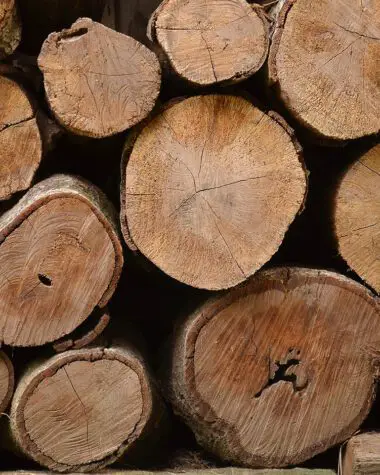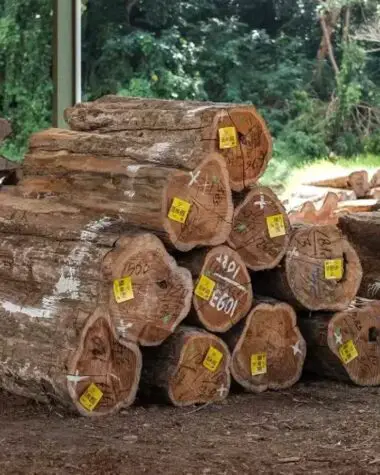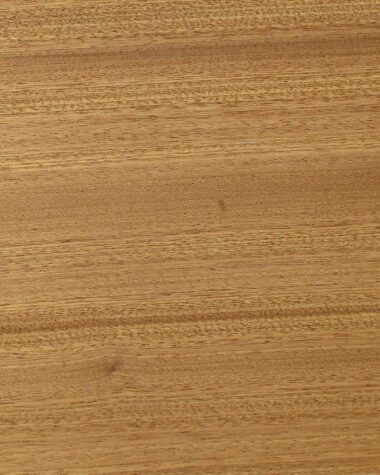In the United States, cross-laminated lumber (CLT) is quickly becoming the ideal building material for residential and commercial structures. Its popularity stems from the initiative of the environmental stakeholders to integrate environment-friendly building materials.
As one of the main causes of human-induced climate change, construction accounts for nearly 40 percent of global carbon emissions. To resolve the problem, designers, builders, and other industry stakeholders are working to minimize their environmental impact by incorporating renewable materials like CLT into their projects.
What is CLT Lumber?
CLT is a type of manufactured wood that was first created in Europe in the 1990s. It consists of many layers of structural grade lumber stacked crosswise and glued together.
Although five times lighter than concrete, CLT possesses a strength-to-weight ratio comparable to concrete. Since this wood type was added to the International Building Code in 2015, it has been utilized as a sustainable substitute for building walls, roofs, floors, and even ceilings.
The color of CLT is yellowish-white, whereas, on the panel, there are little knots. CLT can be from some types of softwood, such as spruce and pine. The texture and characteristics of this engineered wood remained unchanged during its manufacturing process.
CLT Applications
Cross-laminated wood can be used for walls, flooring, and roofing. The panels are particularly cost-effective for multistory and long-span diaphragm applications because of their capacity to withstand severe racking and compressive pressures.
The load-bearing components of structural systems like walls, floors, and roofs are CLT panels. Meanwhile, the lumber used in the outer layers of a CLT panel is often oriented vertically to maximize the vertical load capacity of a wall in wall applications. This causes the lumber’s fibers to flow parallel to gravity loads.
The lumber used in the outer layers of floors and roofs is oriented so that its fibers are parallel to the direction of the span.
Benefits of Using CLT
According to the U.S. Forest Products Laboratory, the use of CLT for building purposes offers benefits. During the partnership of NC State’s College of Natural Resources with the U.S Forest Products Laboratory through the initiative of Prof. Steve Kelley, they examined the financial and environmental benefits of using CLT in tall wood buildings.
The information below is the list of benefits they found according to the result of their examination.
It withstands earthquakes.
According to the Geological Survey, about 143 million Americans are estimated to live and work in places where earthquakes could result in structural damage.
Accordingly, an Italian-Japanese research team tested a seven-story CLT structure in 2007. The research discovered that CLT structures could withstand the seismic energy of the Kobe earthquake in Japan. It was a disaster that destroyed more than 50,000 buildings in 1995.
According to Kelley, CLT is a material that performs well during earthquakes since it is robust, resilient, and lightweight.
It comes with a convenient installation.
Unlike concrete and other traditional building materials, CLT panels can be built at an offsite production facility. It can be erected more quickly since fewer joints are required between interior support elements.
As proof, the University of British Columbia managed to build Brock Commons in 2016 using a hybrid design combining CLT with concrete and steel components in less than 70 days.
It is fire-resistant
According to a 2019 study published in Wood and Fiber Science, a CLT structure may endure fire for more than 90 minutes before collapsing. Likewise, a one-story wood-frame house can collapse after only 17 minutes.
A CLT panel’s surface burns to a black coating of “char” that serves as insulation, preventing the panel’s unburned core from experiencing an excessive temperature increase.
It is eco-friendly.
Carbon dioxide is the most common greenhouse gas in the atmosphere. It is one of the main causes of accelerated global warming today. One of the sources of carbon emission in the environment is the building materials industry. It is responsible for 11 percent of the world’s greenhouse gas emissions.
Meanwhile, CLT can store carbon during the life of the building and capture extra carbon because it is constructed of wood. In terms of building design, researchers discovered that a hybrid, mid-rise CLT commercial building offered a 15–26% reduction in global warming potential.
It elevates employment status.
Many of America’s building materials are imported from China and other countries. While builders can save money by exporting their material needs, it negatively influences employment statistics in the United States.
Since 1969, the American manufacturing sector has already lost 7.5 million jobs due to this importation. Thus, the construction sector can support jobs at nearby manufacturing firms by manufacturing CLT.
According to Kelley, a range of tree species, some of which are maintained for timber production, can be found in privately held forests in the Southeast and Pacific Northwest and used to make CLT panels.
Drawbacks of Using CLT
There is much more to CLT other than the benefits mentioned above. It is also important to determine its flaws to see the other side of the coin. This way, you can make a sound decision about whether to consider this wood type. Here are the common cons of using CLT.
It is pricey.
CLT panel production necessitates a big manufacturing facility. There are few places where CLT is produced. These factories distribute their materials widely, which raises the cost of transportation. Large transporting vehicles are necessary for the CLT Panel resulting in its expensive cost.
Limited Flexibility, Track Record, and Availability
CTL is not commonly used in construction projects for structures. Many people are unwilling to use fresh information and need more knowledge. As a result, it has limited flexibility to use.
Since CLT is an uncommon material, it has become unavailable in many cities and countries. If there are places that supply this wood type, the supply still needs to be improved.
In addition, cross-laminated timber is still a new material for many nations. Thus, it can be challenging for many designers to employ due to their limited track record.
Other Wood Types You May Be Interested In
You can discover more manufactured woods other than CLT. Check the list below.
Conclusion
Surely, CLT is another manufactured wood that will cross your mind when you start your new project. Cross-Laminated Lumber is among the top-notch known wood types out there. Given that it is a manufactured type of wood, CLT is still an excellent material for modern construction projects. Choose what is best for you through this wood type’s given benefits and drawbacks.
